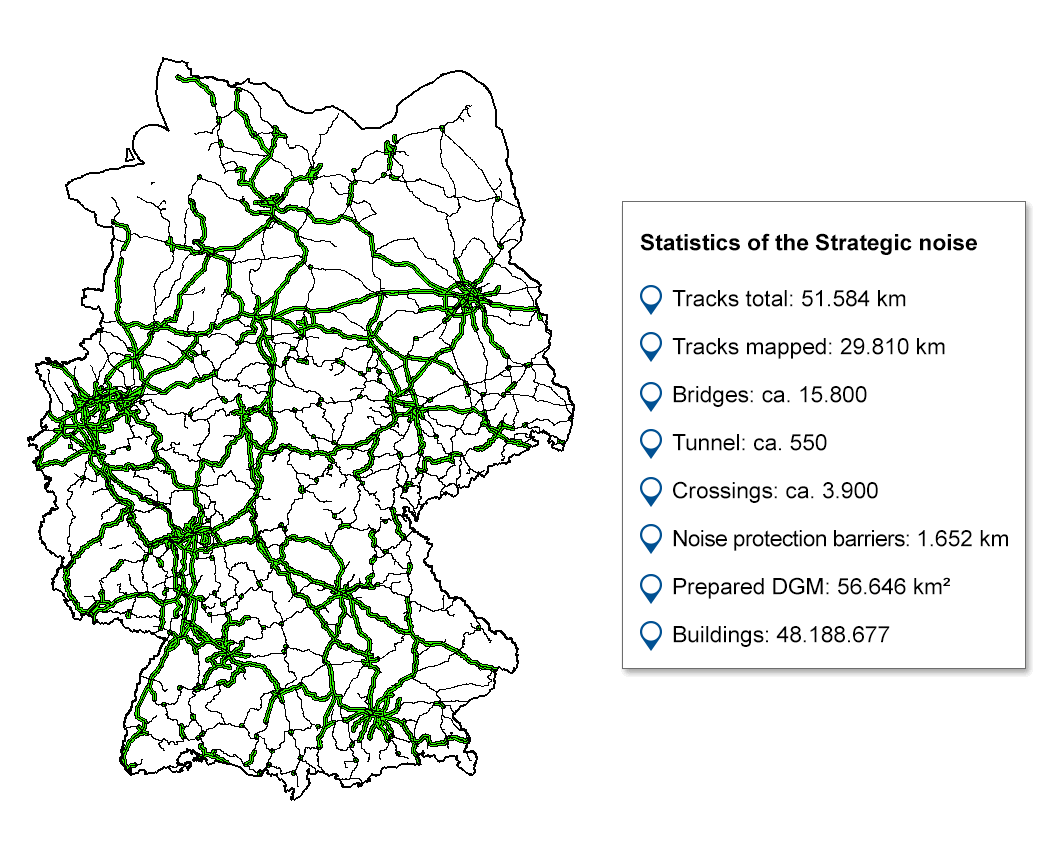
(6) Lists of flora should either be complete or include a defined selection. (5) The recording of floristic, phytosociological and - whenever feasible - faunistic data must be on the basis of defined land-use types. (4) A clear distinction between built-up areas and the urban fringe must be made when data are being recorded. (3) A map scale of 1:5000 (in Berlin 1:4000) is suitable for field surveys. (2) The size of study sites in comprehensive mapping should be approximately 4 ha. (1) Comprehensive mapping should be given preference over selective mapping. The recommendations of the “Working Group on Biotope Mapping in Settled Areas” are summarized. On the other hand, comprehensive mapping involves higher costs and more time and personnel. The evaluation of areas solely on the basis of selective mapping is considered to be inadequate because biotopes, especially in urban areas must be evaluated in the context of their surroundings. Comprehensive mapping according to the method used in Berlin is described as an example. (2) Comprehensive mapping, in which all biotopes found in the city are surveyed. The examples presented here are the biotope mapping of Munich and the rapid biotope mapping of Düsseldorf. (1) Selective biotope mapping in which only certain biotopes deemed worthy of protection are mapped. They can also serve as means to document and communicate business processes, and are often found in training, maintenance, technical and quality manuals.Two methods of biotope mapping and species recording in urban areas are presented. Additionally, process maps can provide inputs to other continuous improvement techniques.

It helps identify problem areas such as bottlenecks, delays, duplication of effort, and overall inefficient operations. It helps bringing clarity to complex processes in order to simplify, streamline or optimize them. So what are the benefits of using a process map anyway? A process map enhances the understanding of the process and how it operates.

Continuous improvement teams are using process maps very often to identify the variability and the non-value added activities that exist within any process, enabling them to agree on the actions to take to improve or redesign the process. They are used to map existing processes, to design new processes, and to map the future state of how things should be after implementing continuous improvement initiatives. They are considered the first step toward process management and process improvement. They allow to know how exactly an organization does its work, and how well it is performing in accordance with its objectives.Ī process map provides a mechanism for analyzing and studying any process. Process maps are simple ways of making sense of what is happening or must happen within a process. It represents these activities in a step by step manner to help understanding how a product is made or how a service is carried out. A process map is a graphical representation that illustrates the sequence of activities within a business process.


 0 kommentar(er)
0 kommentar(er)
